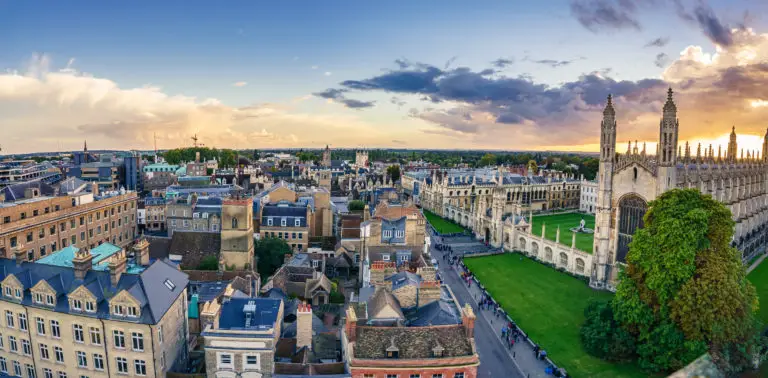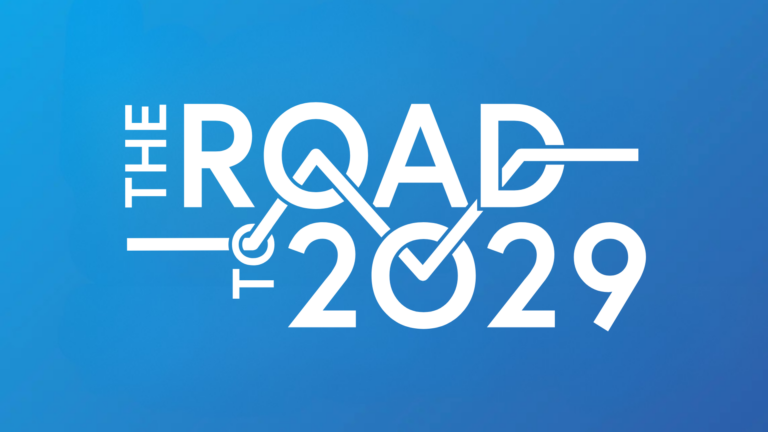-
Basildon
The Conservative Party in Basildon managed to claw back control at the 2021 local elections, winning enough seats to take back the majority they lost in 2019. Prior to the Conservative’s win in 2021, Basildon Borough Council was led by a Labour/Independent joint administration.
Heading into the 2022 local elections, the Conservatives will be defending a total of 8 seats across 14 wards, but rumours of a hung Council are rife as opposition parties claim voters are ‘disillusioned with a failing Council.’ The Local Plan, which was controversially withdrawn in February 2022 by the Conservatives, will be a key point of contention for voters – but the Conservative Party is hoping to win back votes through promises to oppose high-rise developments across the borough and to boost the number of green spaces. The Conservative and Independent Councillors are also pledging to ‘vigorously oppose’ heavily criticised plans to deliver a waste incinerator in Pitsea in a bid to win local votes, but Labour has been comparatively quiet on this particular issue and therefore may risk losing support from voters who are opposed to the scheme.
If the Council is hung once again, it is highly likely that Labour and Independent Councillors would team up to lead the Council as they did in 2019, but they will need to make reasonable gains to achieve this. There are several wards to watch out for on election day where seats could change, however, including Langdon Hills where Conservatives have just 1% more of the vote share than the Independent Group contesting the ward. In Lee Chapel North, Labour has a 2% majority over the Conservatives; meanwhile in Pitsea South East, the Conservatives have a 2% majority over Labour.
Notable Councillors will also be defending their seats at this election, including Leader of the Council Andrew Baggott (Con, Burstead ward), Opposition Leader Jack Ferguson (Lab, Pitsea North West), and Independent Group Leader Kerry Smith (Independent, Nethermayne ward).
-
Castle Point
Castle Point Borough Council is currently led by the Conservative Party, which has held a majority since 2014. However, the Conservatives have been consistently losing seats to independent candidates – in particular to the Canvey Island Independent Party (CIIP) – since 2018. Launched in 2004, the CIIP was established to campaign for a separate district council for Canvey Island and over the years, the group has campaigned for more power to be devolved to Canvey Island Town Council.
Contention over the Local Plan will be one of the dominating factors at this election, particularly due to major concerns relating to proposed housing sites across Canvey Island. Following ongoing disputes over the Local Plan, Councillors voted last month to postpone its adoption but made clear that the Plan is not being withdrawn altogether. The decision to postpone the Local Plan adoption was likely an attempt by Conservatives to avoid losing votes at the upcoming elections, given the disagreement over housing allocation and greenfield development, but whether it pays off or not will soon show. Either way, the Council now has just 20 months to devise an improved Plan before the Government intervenes to allocate housing.
Several wards across Castle Point will be interesting to watch on May 5th – including Boyce, St Mary’s and St Peter’s ward – all three of which almost saw Conservative seats change to Independent. With the Conservatives having just enough seats to hold the majority (21), the election race between the Conservatives and CIIP (who currently hold 20 seats) will be tight.
-
Colchester
Colchester Borough Council has effectively been hung since 1998, with no one party able to secure enough votes for an all-out majority in this period. Between 2020-21, the Council was led by a coalition of Liberal Democrats, Labour and Independent Councillors; however, in 2021, the Conservatives were able to secure 23 seats and team up with the 3 Highwood Independent Councillors to run a joint administration of the Council with the number of seats needed for a majority (26).
With the Conservatives reliant on an alliance with the Highwood Independent Council seats to lead the Council, there is a strong chance that we will once again see a hung result; particularly because Philip Oxford of Highwood ward – one of the Highwood Independent Councillors supporting the Conservative alliance – is standing down at this election and there is no candidate from the party up for election to replace him.
Former Councillor and Lib Dem Leader of Colchester Borough Council, Paul Smith, has described a ‘genuine feeling of dissatisfaction with the Conservatives that was not there four years ago’ as we head into this set of local elections. Smith will be contesting the St Anne’s and St. John’s ward, seeking to win back the seat he lost in 2018, and his fellow Lib Dem colleagues are hoping to make gains in the close seats of Stanway and New Town and Christ Church ward.
-
North Hertfordshire
Despite a swathe of Conservative gains across the UK in 2019, including across the Labour stronghold ‘Red Wall’ seats in the North of England, North Hertfordshire Council Conservatives shockingly lost their majority following two decades in control. The party lost 7 seats at this local election, and despite having more seats than any other party, the Conservatives did not have the 25 seats required to hold a majority. Whilst this loss was shocking at a national level, it was not that surprising locally. At a local level, many Conservative seats were lost between 2017 and 2019 off the back of local issues, namely those relating to planning and development.
In 2021, the Conservatives were only able to gain one seat from Labour, and as a result, the Council is currently led by a coalition of Labour (15 seats) and Liberal Democrats (11 seats).
Whilst the Conservatives need to make a net gain of just two seats to win this majority back, they will also be defending 8 seats across 18 wards. The battle in this formerly Conservative stronghold will be an interesting reflection of national politics and may well provide an insight into how voters currently feel toward the prospect of a Conservative administration. Whilst the Conservatives had success at the ballot box across many Councils in 2019, North Herts did not follow the trend despite current Prime Minister Boris Johnson being seen as an ‘electoral asset.’ National issues such as the rising cost of living crisis, the war in Ukraine, the UK response to COVID as well as the ongoing ‘partygate’ scandal may be crucial for the Conservatives in North Herts, where confidence in the party has already been declining in recent years.
Labour and the Lib Dems will be hoping to defend their seats and successfully contest others and have a pact to continue their coalition in the event of a hung Council.
-
Stevenage
Stevenage has been a Labour stronghold since the Council’s creation in 1973. However, the party has been steadily losing votes – mostly to the Conservative party – at recent local elections. In 2021, Labour came very close to losing their majority after a substantial loss of 5 seats (4 to the Conservatives, and 1 to the Lib Dems). As we head into the 2022 elections, Labour is at risk of losing control once again if they lose their 2-seat majority – however there are opportunities to gain seats back, for example in the Old Town ward where the Conservative majority is just 0.1%!
Stevenage Borough Council has faced financial challenges in recent years, particularly in response to the COVID-19 pandemic. In February 2022, Council Leader Sharon Taylor was forced to announce controversial cuts to children’s play services in tandem with a rise in council tax to balance the Council’s budget. The announcement sparked criticism from opposition Conservative party Leader, Phil Bibby, who warned that the Labour administration needs to take a ‘much more radical approach to service provision and efficiencies.’ There are also challenges in regard to a lack of Social and Affordable housing across the Borough, which may be a key factor influencing voters on May 5th.
As part of an attempt to win back ‘Labour’s lost’, the Labour Leader Sir Keir Starmer visited Stevenage on Tuesday 26th April to speak with local stakeholders and promote Labour’s policies around the cost-of-living crisis and rising energy costs. Whether Sir Keir’s efforts are enough to win back votes for the Labour party in Stevenage will be interesting to observe on voting day.
If Labour do lose their majority, it is unclear which direction the newly hung Council will head, as it is unlikely that either Conservatives or Lib Dems would make the net gains needed to win an all-out majority.




